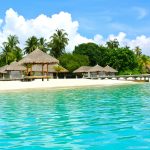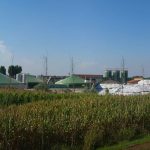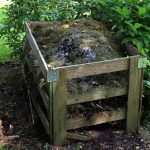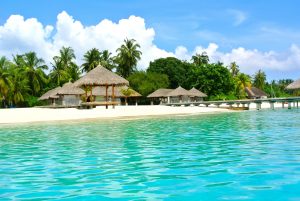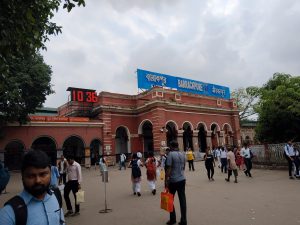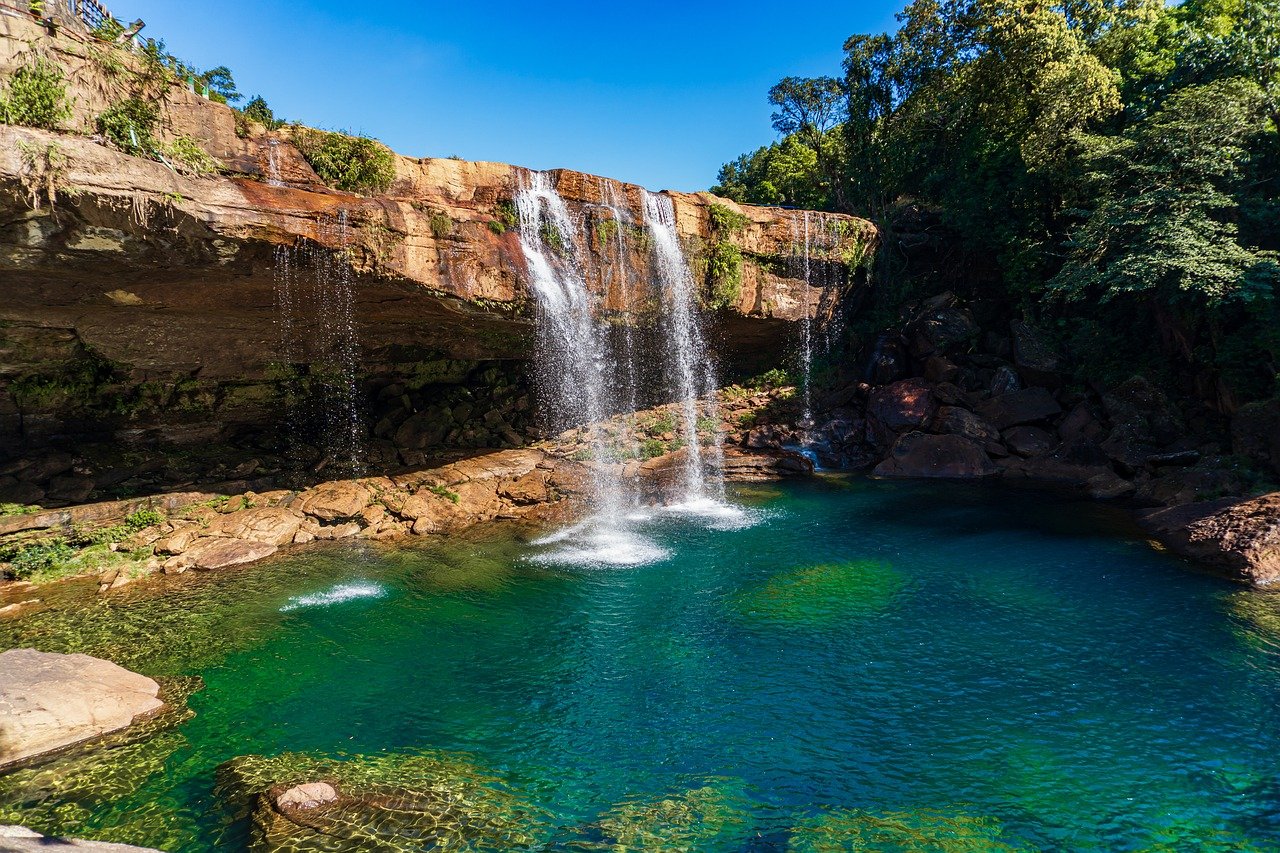
Meghalaya, known as the “Abode of Clouds,” is a scenic and culturally rich state in northeastern India. It holds significant cultural, ecological, and geopolitical importance due to its strategic location bordered by Assam and Bangladesh. Covering about 22,429 square kilometers, it features three main regions: the Khasi Hills, Garo Hills, and Jaintia Hills, each with unique topography and biodiversity. The state is home to numerous rivers, waterfalls, and lakes essential for irrigation, hydropower, and eco-tourism. It boasts diverse ecosystems, including tropical rainforests, and hosts endangered species such as the red panda and clouded leopard. Indigenous communities maintain sacred forests in the Khasi and Jaintia Hills, preserving ancient areas rich in biodiversity. The Khasi and Garo tribes have a matrilineal system, with lineage and inheritance traced through women, making it one of the rare matriarchal structures today. Their cultural heritage is showcased through festivals like Shad Suk Mynsiem, a Khasi thanksgiving celebration, and Wangala, a Garo harvest festival. These events help preserve cultural identity and attract tourists interested in indigenous traditions. Here in this article we are sharing a 3 days itinerary of Meghalaya as follows-
- Day 1- Exploring the Scotland of East: Shillong- Shillong, the capital of Meghalaya, is a scenic hill station renowned for its natural beauty and cultural diversity. Often referred to as the “Scotland of the East,” it features rolling hills, a temperate climate, and a blend of colonial charm and vibrant local culture. The city is an ideal retreat with its cool weather, misty hills, pristine lakes, and waterfalls. Start the day with the key attraction Police Bazaar, a lively market offering traditional shops, modern boutiques, and street vendors selling souvenirs, handicrafts, and local food. Visitors can shop for traditional Khasi and Garo handicrafts, woolen shawls, bamboo products, and local spices, while enjoying local street food like momos, jalebi, and pukhlein. Visit Ward’s Lake, a tranquil man-made lake set in beautiful gardens, where you can enjoy a boat ride or a leisurely walk. Then, explore the Don Bosco Centre for Indigenous Cultures, an ethnographic museum featuring the rich heritage of Northeast tribes with various artifacts and exhibits. After lunch, head to Shillong Peak, the city’s highest point, for stunning panoramic views and a chance to glimpse the Himalayas on clear days. Finally, take a short drive to Elephant Falls, a popular waterfall that cascades in three tiers, accessible via steps for scenic photography opportunities amidst lush surroundings. Conclude your first day by enjoying local Khasi cuisine at a traditional restaurant, where you can sample dishes such as Jadoh, Dohneiiong, and Tungrymbai. Afterwards, take a leisurely walk around the city or experience live music at one of Shillong’s vibrant cafés.
- Day 2- Exploring The land of rains: Cherrapunjee- Cherrapunjee, also known as Sohra, is a two-hour drive from Shillong and is famous for its breathtaking landscapes and as one of the wettest places on Earth. Day two of your Meghalaya itinerary involves exploring its natural attractions. Start early with a scenic drive filled with misty hills, deep valleys, and lush forests.
Your first stop is Mawsmai Cave, a well-lit limestone cave featuring intricate formations of stalactites and stalagmites, making it suitable for visitors of all ages. Next, visit Nohkalikai Falls, the tallest plunge waterfall in India, where water cascades over 1,100 feet into a green pool below, offering stunning viewpoints to appreciate its beauty and the surrounding canyon. In the afternoon, visitors to Meghalaya can explore the unique living root bridges, particularly the well-known Double Decker Living Root Bridge in Tyrna Village. This moderately challenging trek involves descending around 3,000 steps, but the sight of the roots forming a natural bridge over a stream amidst dense jungle makes it worthwhile. There are also natural pools nearby for those seeking adventure. In the evening, after the trek, guests return to their accommodations in Cherrapunjee to relax and enjoy the beautiful views of the landscape. - Day 3- The Cleanest Village and Crystal Clear Rivers (Dawki and Mawlynnong)- Start your day with a scenic drive to Dawki, a small town near the India-Bangladesh border. Dawki is known for the crystal-clear Umngot River, where you can take a boat ride and enjoy the stunning landscape. After visiting the river, head to Mawlynnong, recognized as Asia’s Cleanest Village, which emphasizes eco-tourism and sustainability. One of the village’s highlights is the Skywalk, a bamboo structure offering panoramic views, including glimpses of Bangladesh on clear days. Mawlynnong also features a smaller but impressive living root bridge that can be reached by a short trek. In the late afternoon, return to Shillong to conclude your 3-day adventure in Meghalaya. Spend your last evening relaxing in the city, enjoying local street food or taking a peaceful walk.
The best time to visit Meghalaya is from October to April when the weather is pleasant and waterfalls are flowing after the monsoon. It experiences heavy rainfall from June to September, making that period less ideal for a visit unless you want to see a rain-soaked landscape. To explore Meghalaya effectively, hiring a private taxi or self-driving is recommended for flexibility and convenience. Accommodations in Shillong and Cherrapunjee range from budget to boutique, and it’s advisable to book in advance during peak tourist season. Meghalaya has diverse indigenous communities, so it’s important to respect local customs and ask for permission before photographing people or private property. Visitors should pack warm clothing for winter, comfortable shoes for trekking, and insect repellent to guard against mosquitoes.
-Triparna
